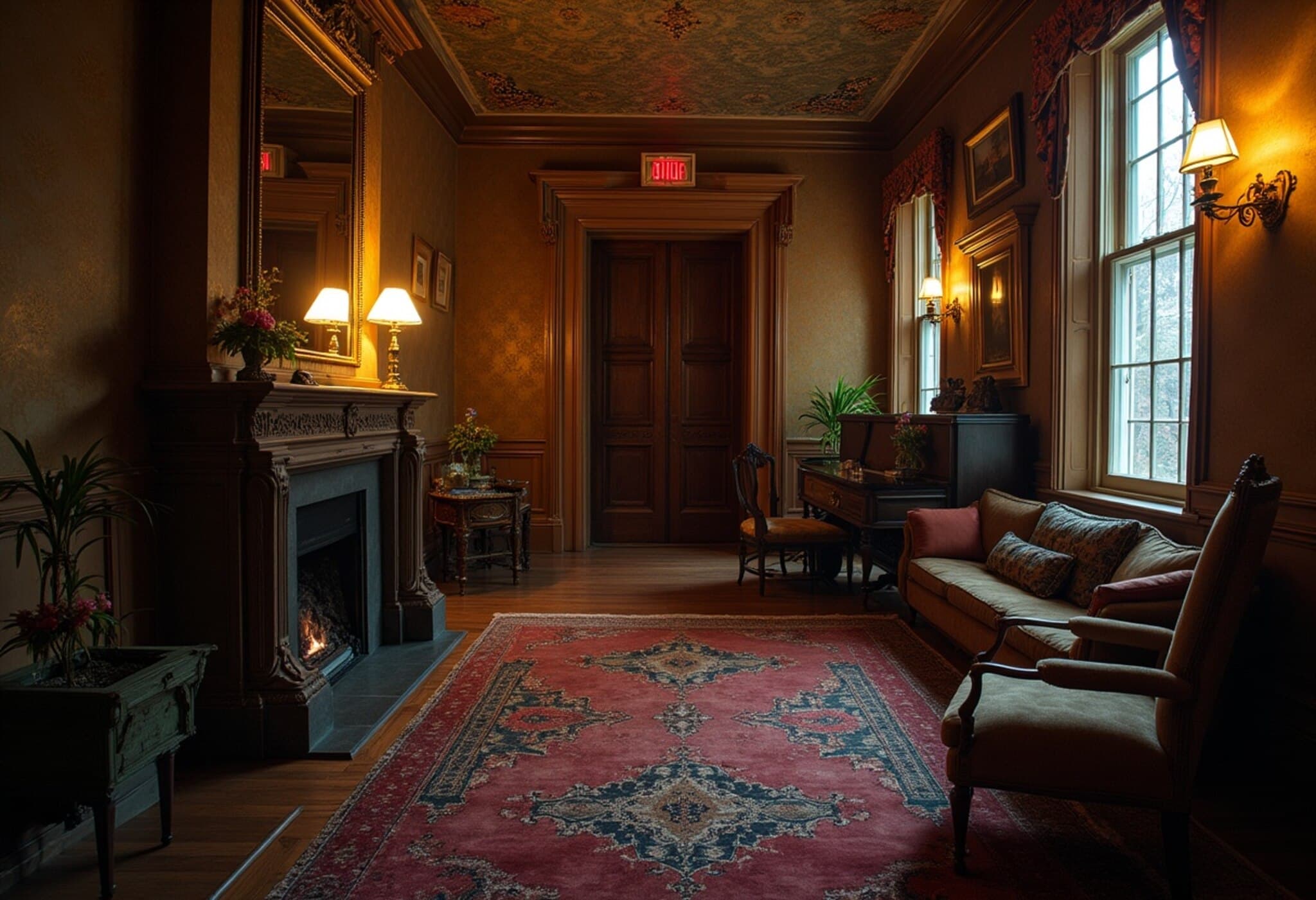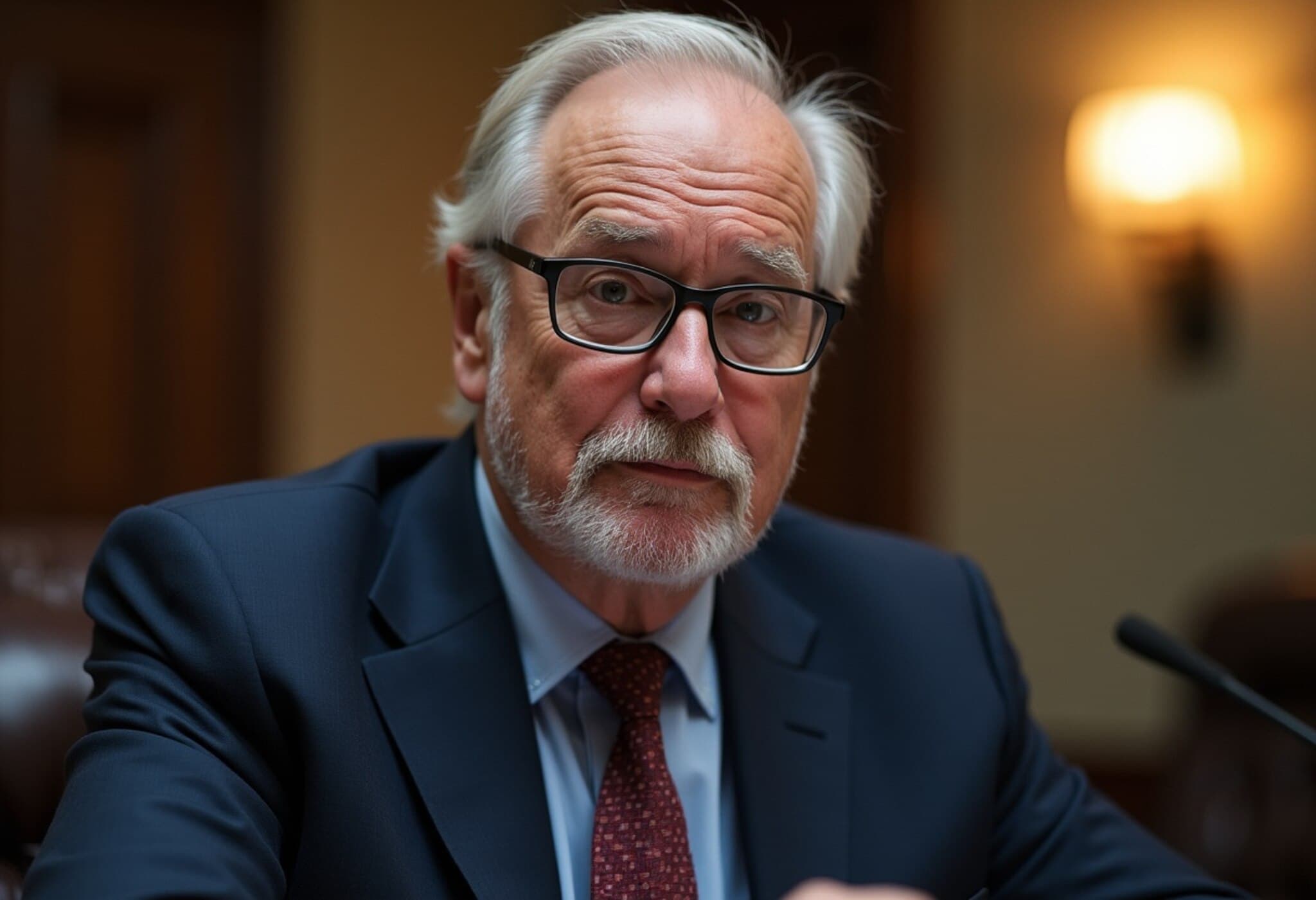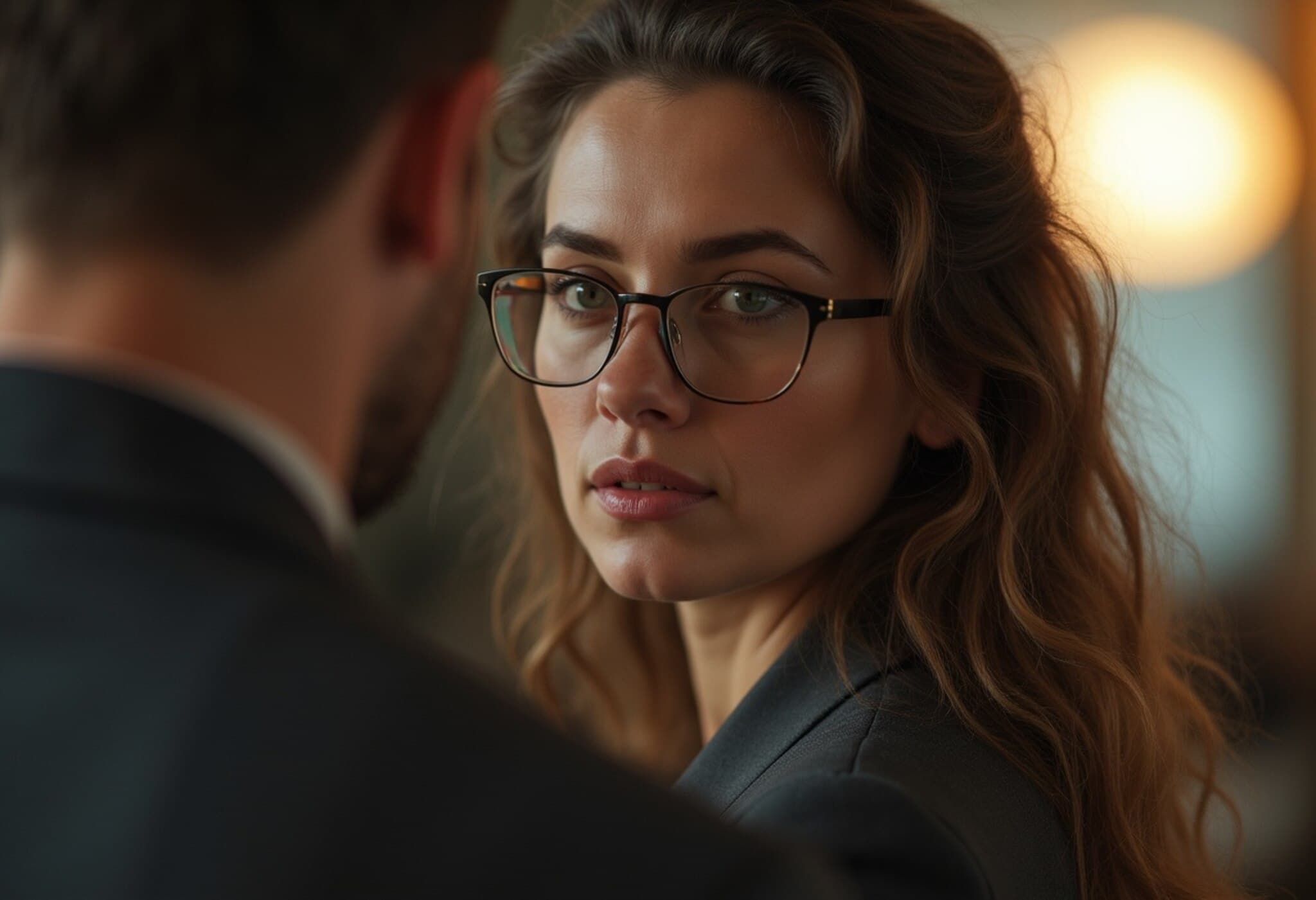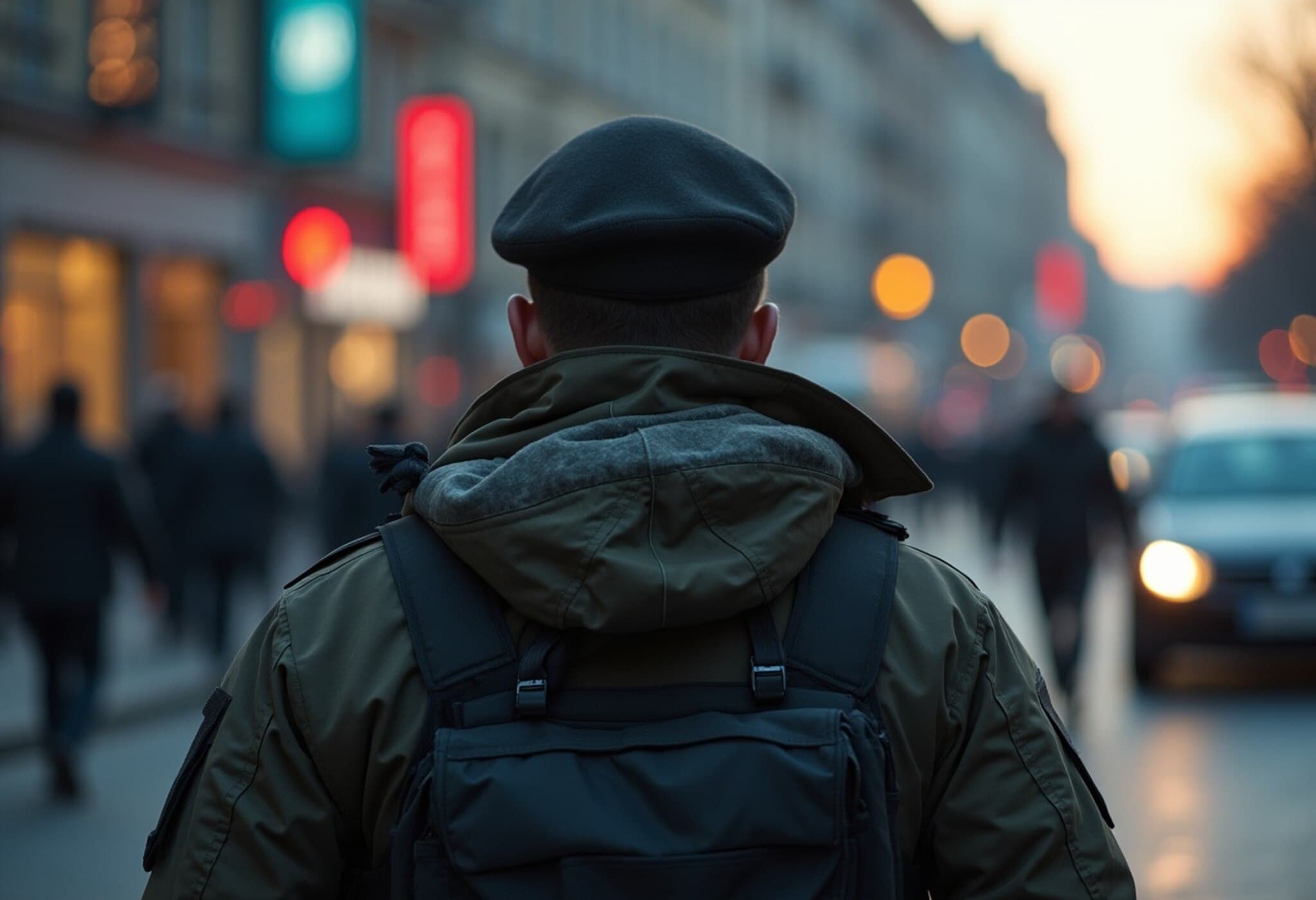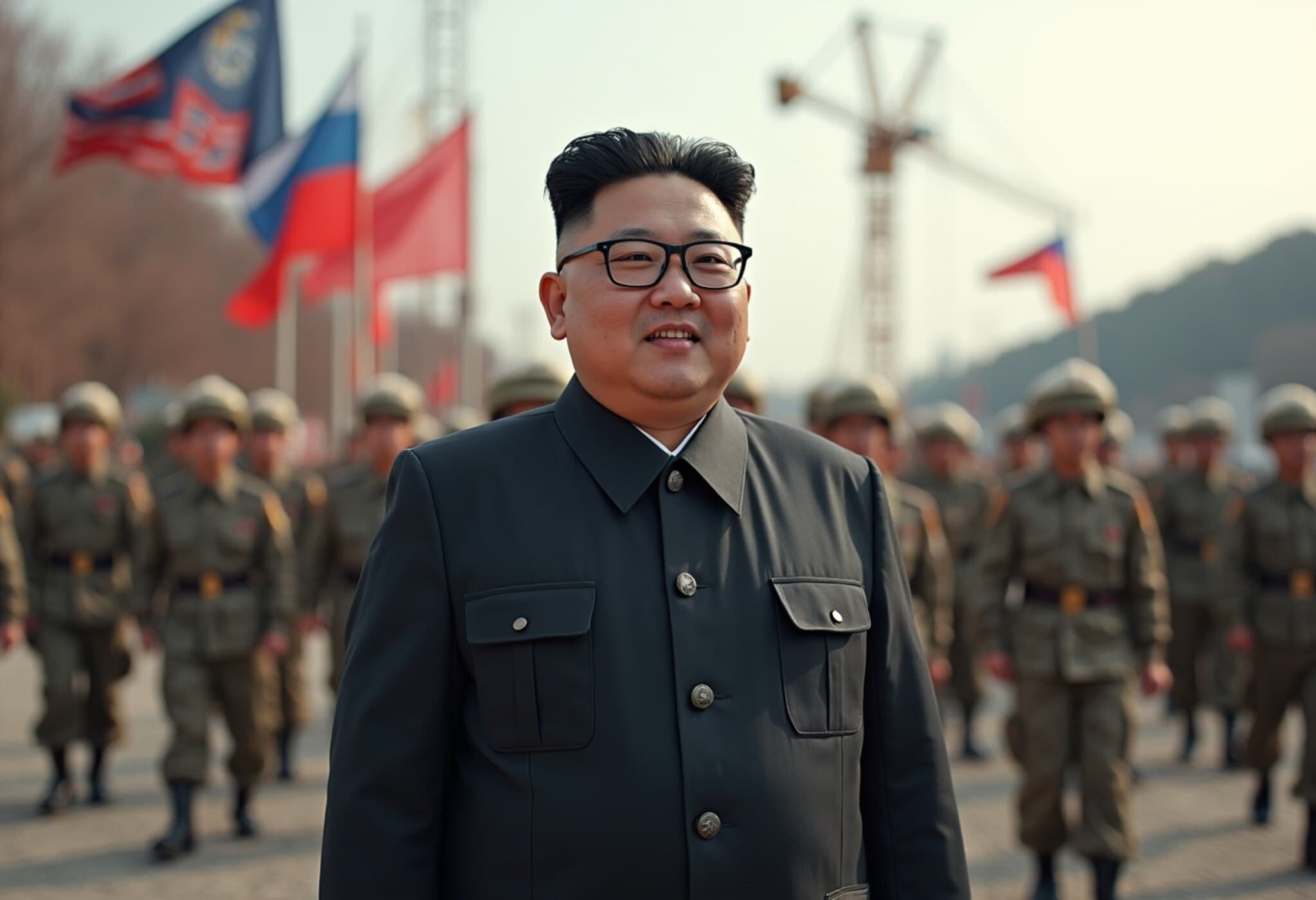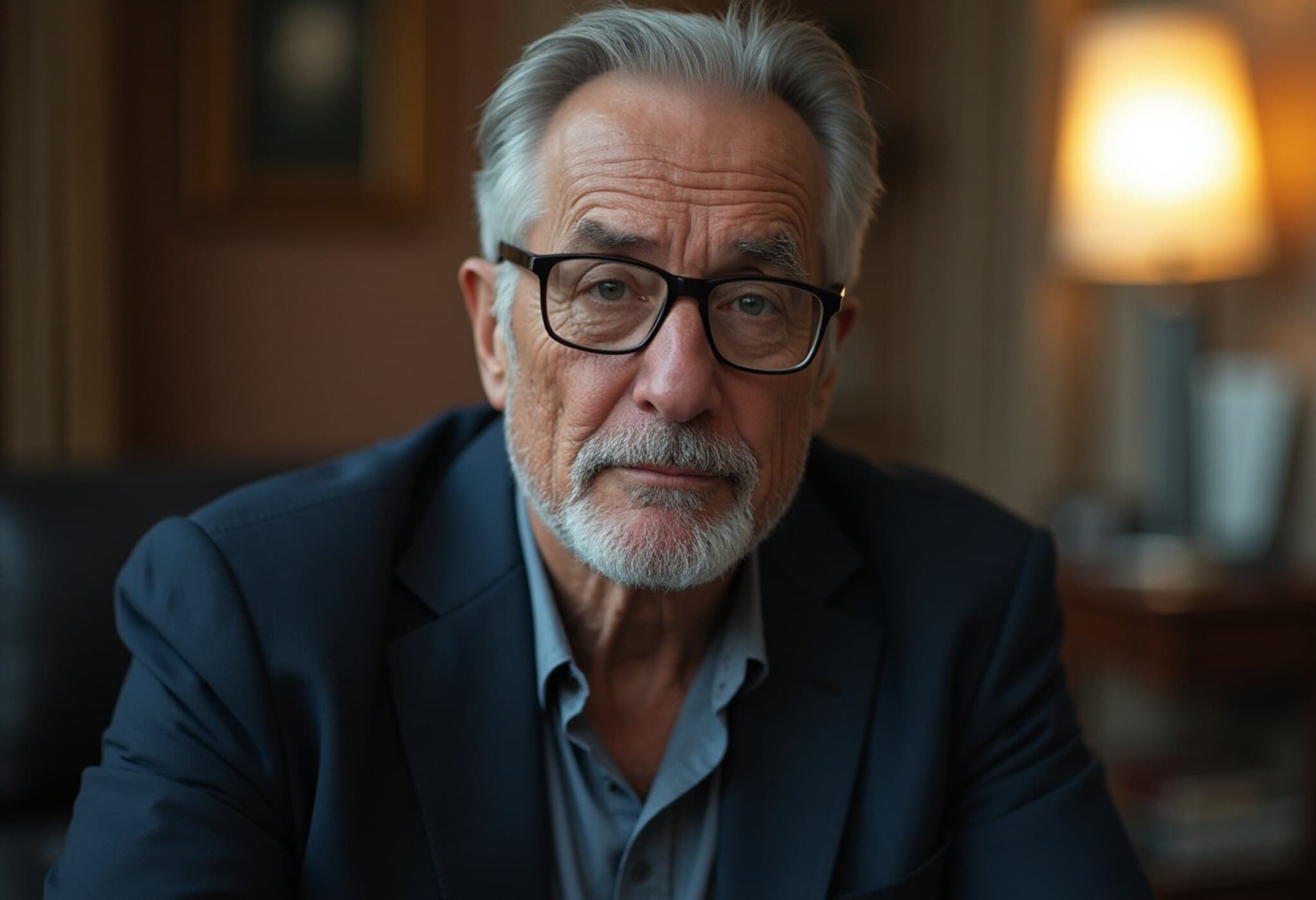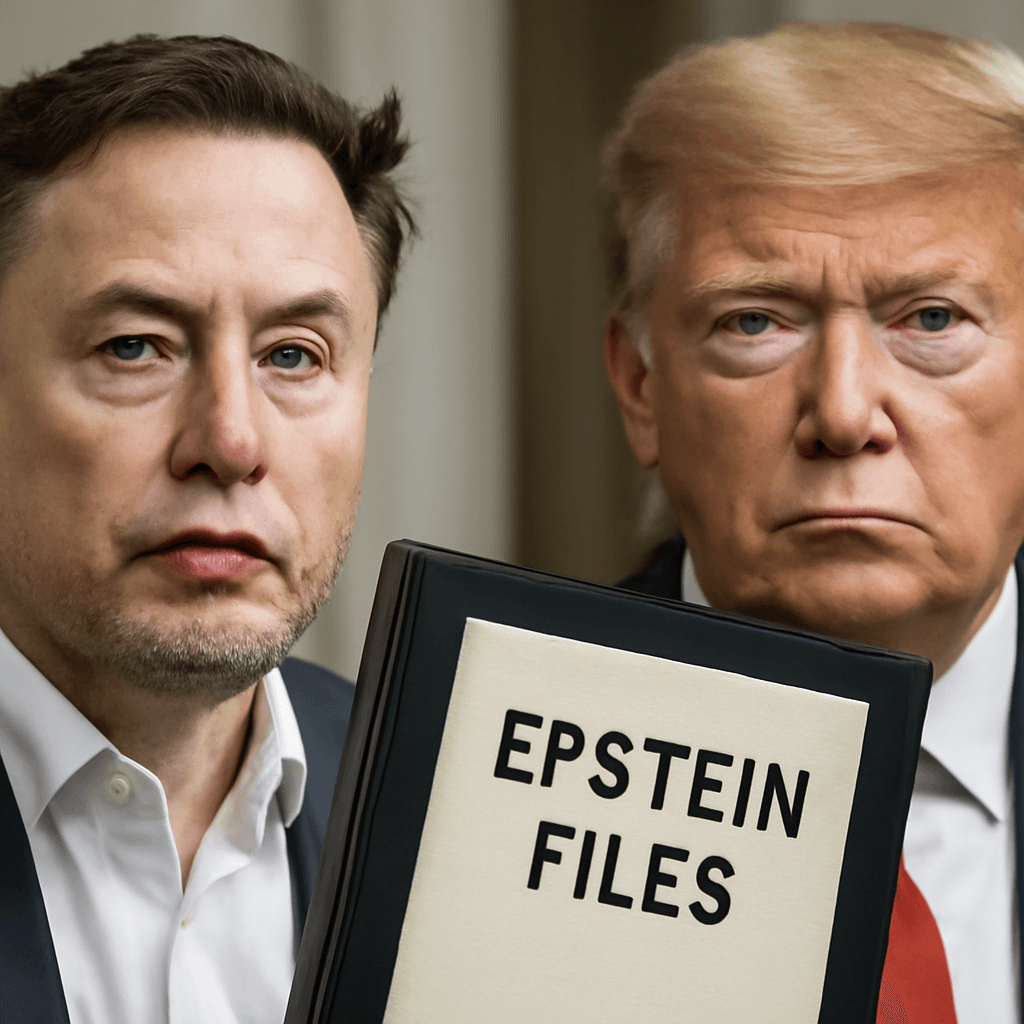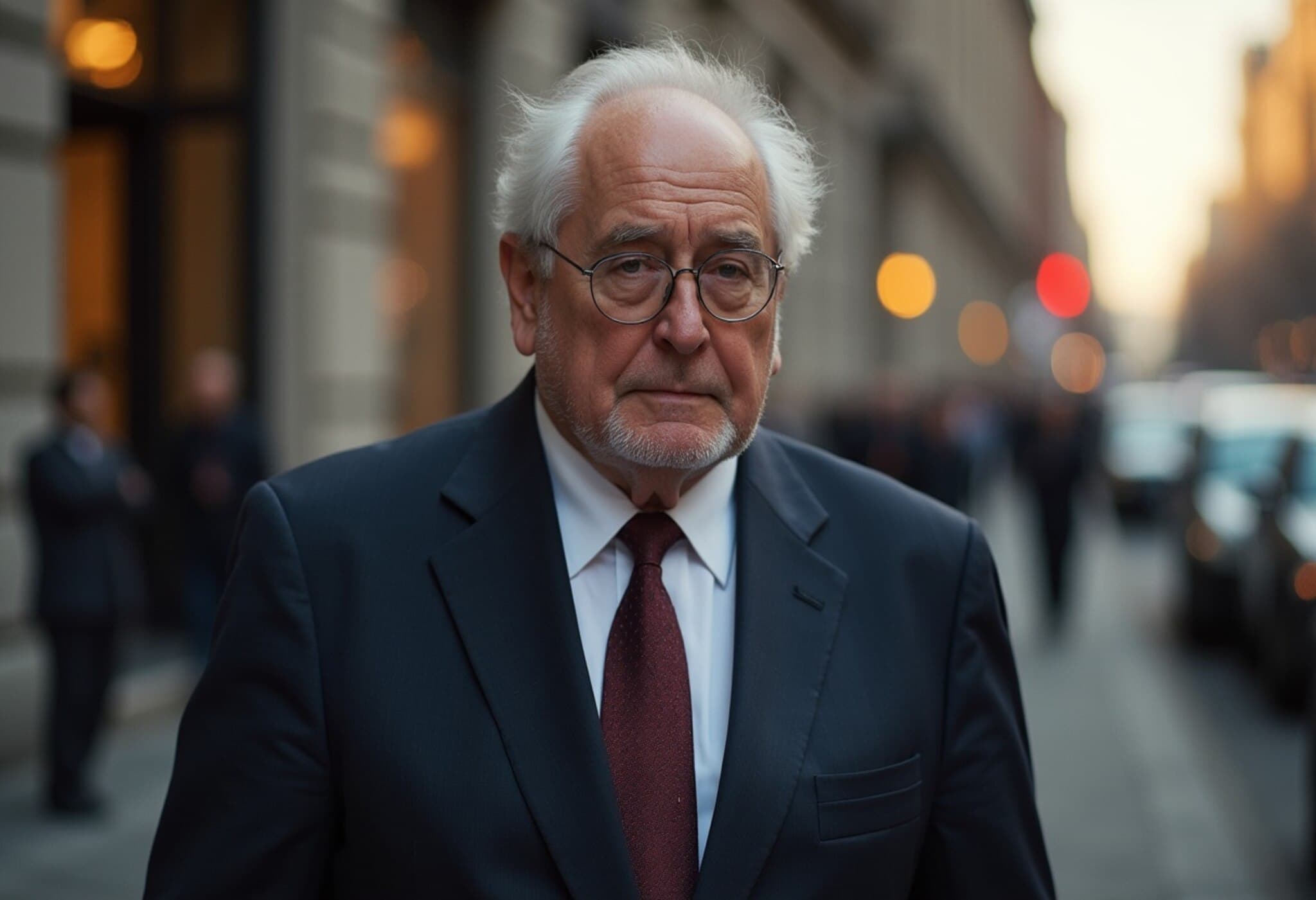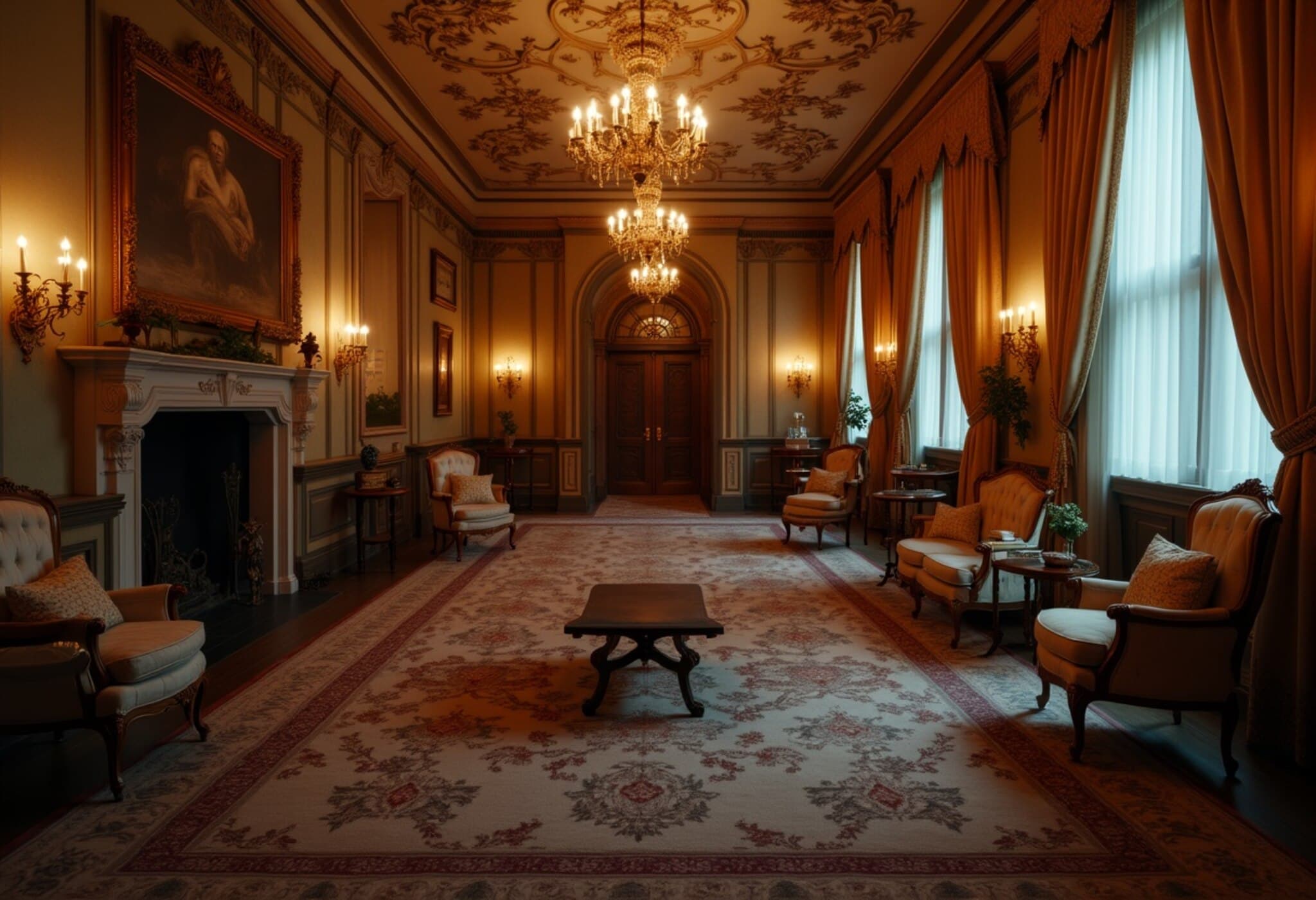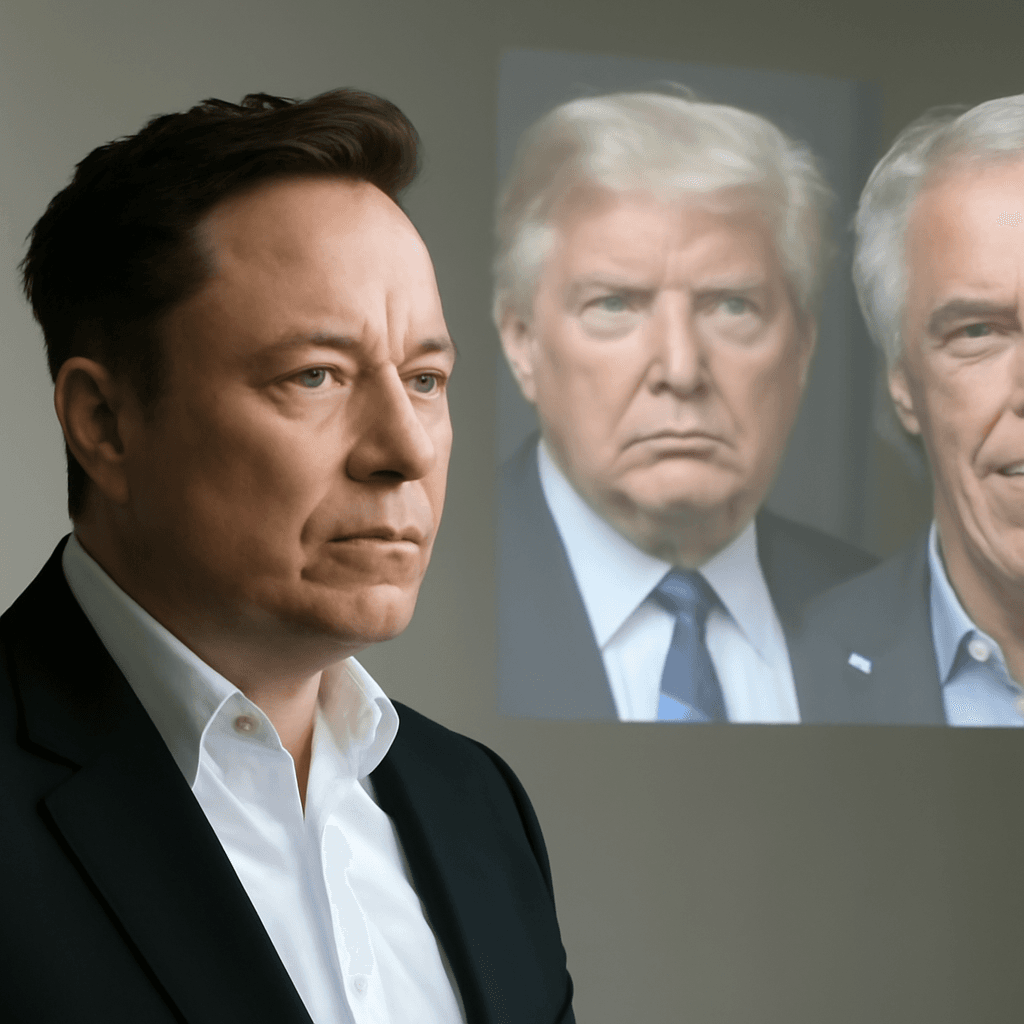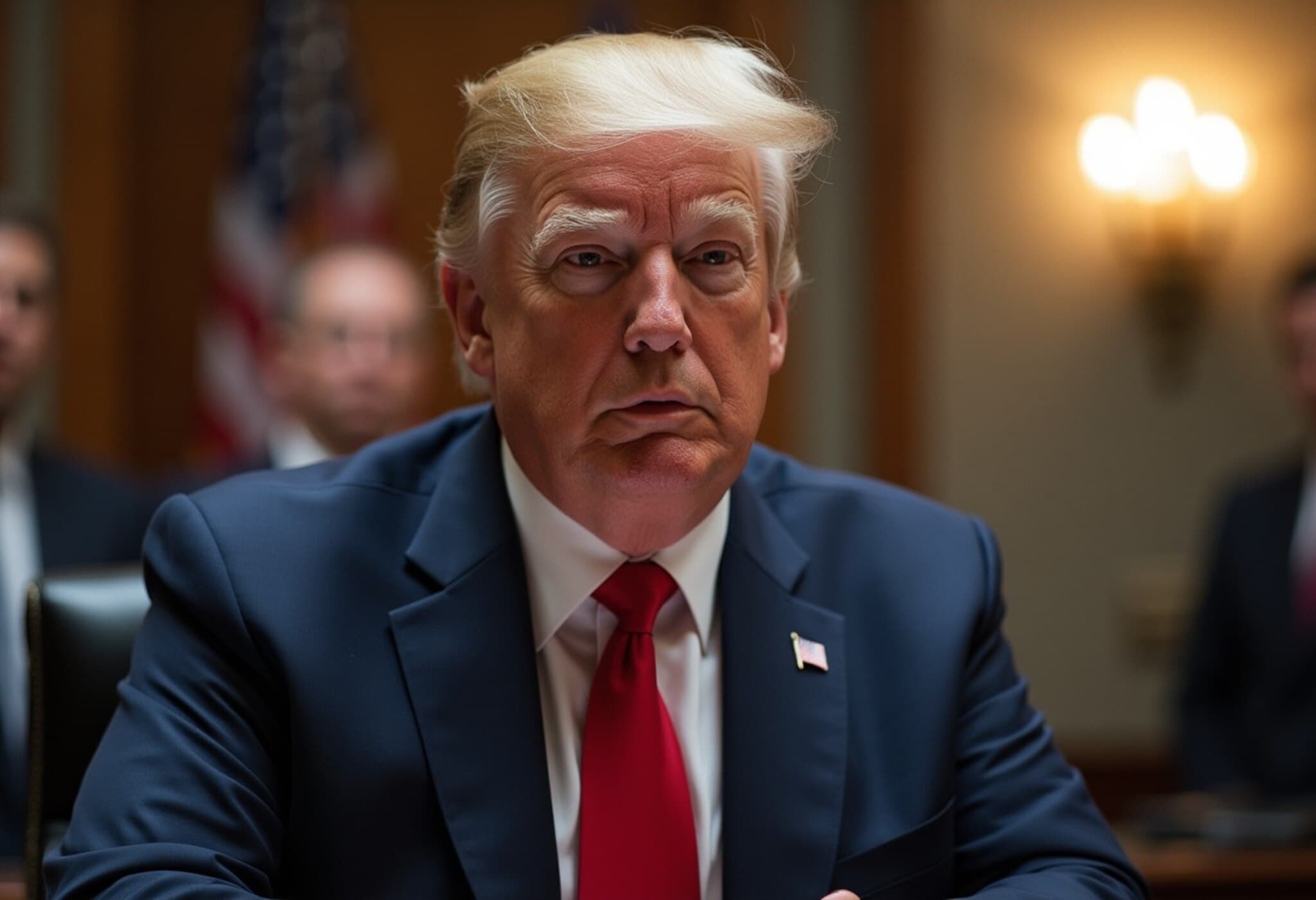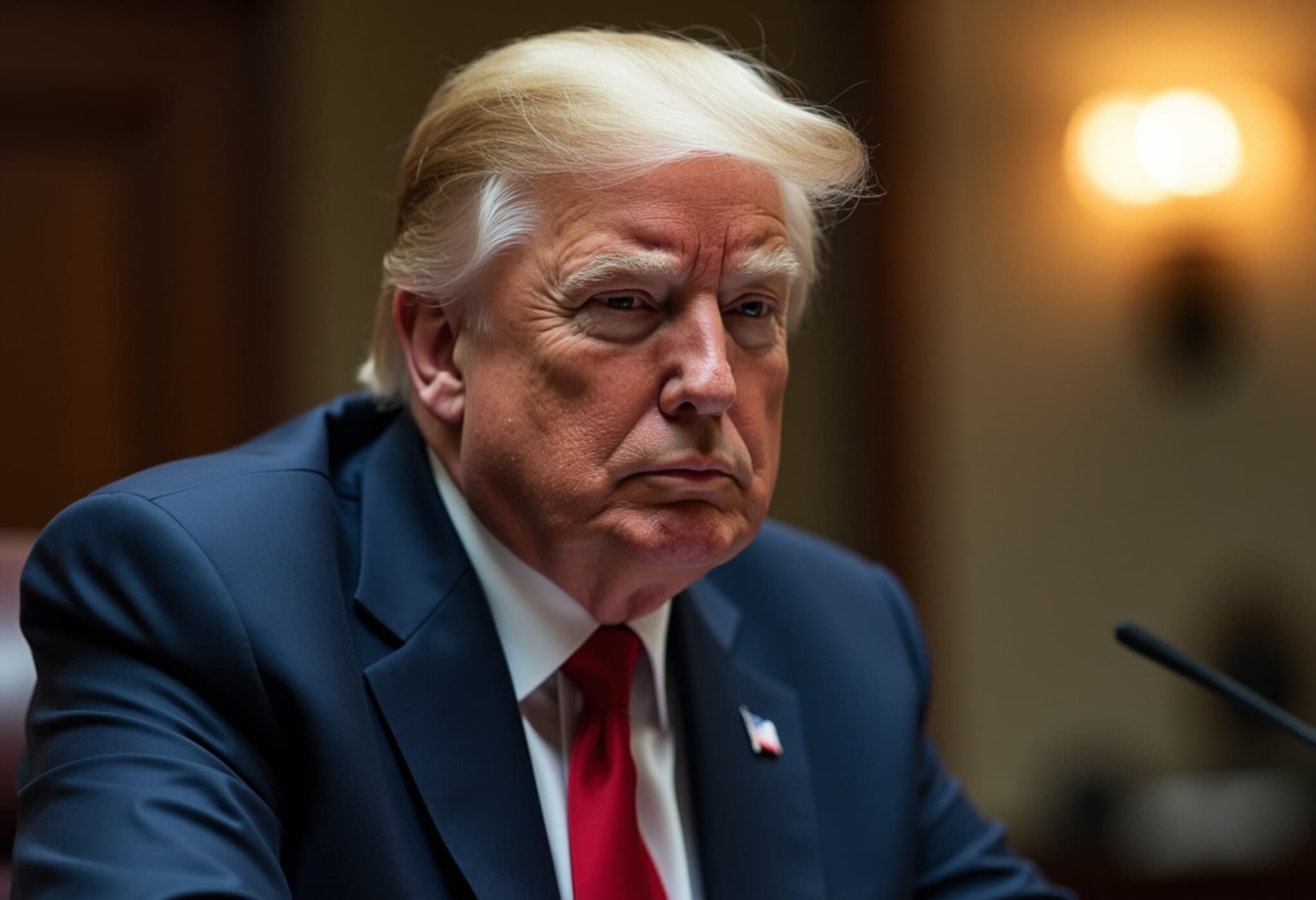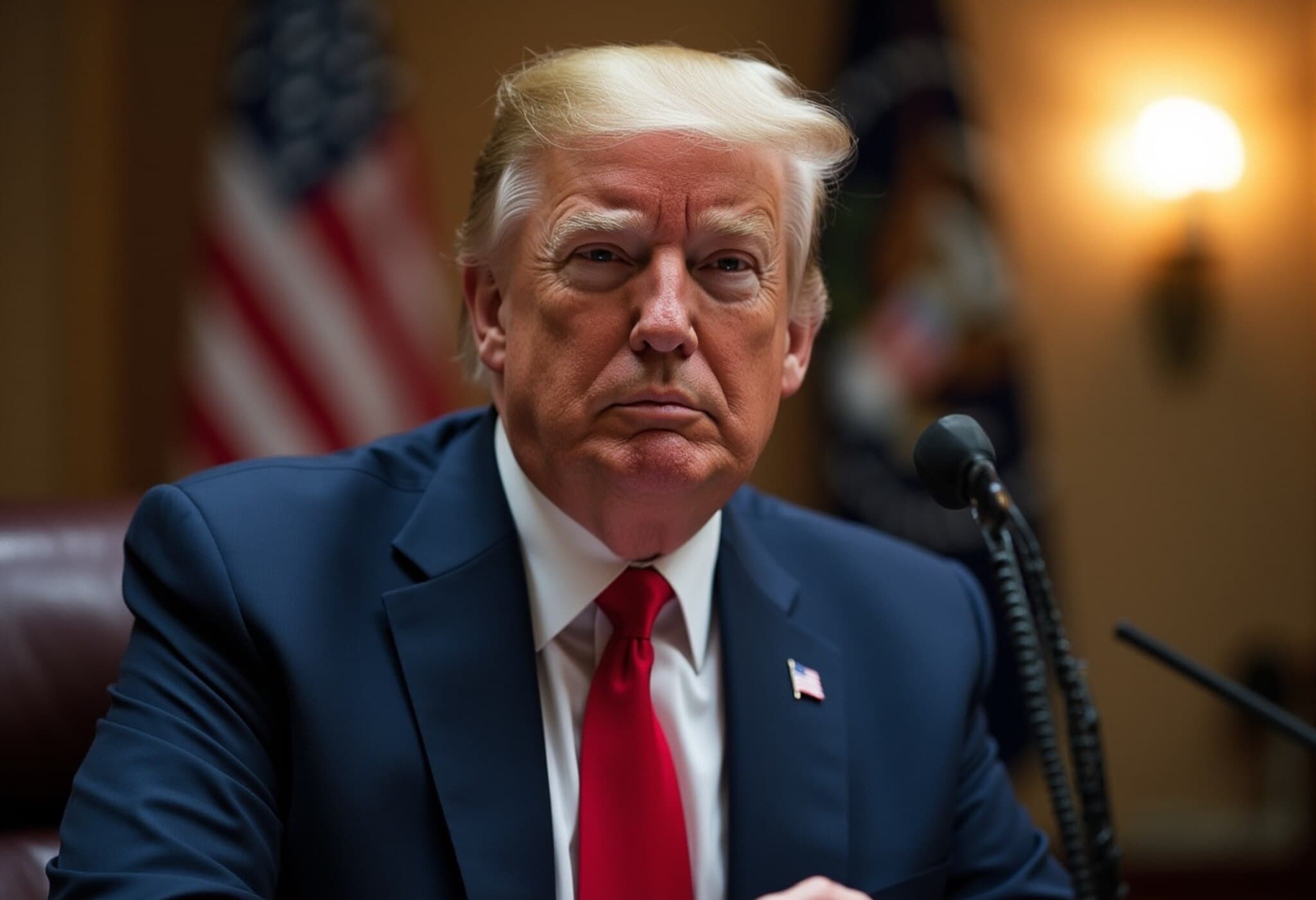Inside Jeffrey Epstein’s Manhattan 'Dracula' Lair: A Portrait of Power and Deception
Jeffrey Epstein, the disgraced financier and convicted sex offender, maintained a hidden world behind the doors of his lavish Manhattan townhouse — a place as enigmatic as it was sinister. Located on New York’s Upper East Side, this sprawling seven-story residence was the epicenter of high-profile gatherings and mysterious dealings that have haunted public discourse long after Epstein’s death.
A Gathering Place for the Elite
On Epstein’s 63rd birthday, a collection of letters from his affluent and influential acquaintances painted a strange picture of the man and his home. Former Israeli Prime Minister Ehud Barak and his wife described a place filled with diverse, elite guests and a host whose curious mind was both a puzzle and a resource: “You are like a closed book to many of them but you know everything about everyone.”
Woody Allen, director and actor, famously likened Epstein’s townhouse to a “Dracula’s castle,” complete with a macabre cast of young women — reminiscent of vampiric attendants — creating a chilling metaphor that mirrored the underlying darkness of the property.
The Mansion: A Glimpse Behind the Facade
Far from a gloomy fortress, Epstein’s 2,000-square-meter townhouse was a carefully curated stage for social posturing and manipulation. The property, originally purchased in 1998 from billionaire Leslie H. Wexner, was extensively renovated, featuring eccentric decor: prosthetic eyeballs lining the entryway and a suspended sculpture of a bridled woman gripping a rope in the central atrium.
- Entertainment spaces like the ground-floor dining room hosted rotating casts of politicians, business magnates, academics, and celebrities.
- Unique features included leopard-print chairs, magicians performing during dinners, and chalkboards for impromptu scientific or political discussions.
- Epstein’s wood-paneled office boasted curios like a taxidermied tiger and a green first-edition copy of Lolita — a novel infamous for its depiction of adult obsession with underage girls.
Grim Realities Concealed Within Luxury
Despite the façade of intellectual curiosity and lavish hospitality, the townhouse also harbored horrifying abuses. According to victim testimonies and court records, Epstein orchestrated a system of sexual exploitation wherein teen girls were coerced into delivering massages, often under coercive and abusive circumstances. The massage room, featuring suggestive paintings and shelves stocked with lubricants, underscored the mansion’s darker impulses.
Hidden surveillance cameras reportedly documented many illegal acts, casting a disturbing shadow over the glittering social scene.
The Controversial Network of Associates
Epstein’s ties stretched far and wide, entangling a wide spectrum of influential figures. Letters from the linguist Noam Chomsky, entrepreneur Joichi Ito (who later resigned from MIT amid Epstein controversies), physicist Lawrence Krauss, and others reflect a social circle that, knowingly or not, mingled with a man accused of heinous crimes.
Political connections were equally unsettling — photographs include Epstein alongside Donald Trump, former U.S. President Bill Clinton, and Saudi Crown Prince Mohammed bin Salman. Notably, Steve Bannon, one-time adviser to Trump, reportedly conducted lengthy interviews with Epstein in the mansion, highlighting the residence’s role as a nexus of power and shadowy conversations.
The Questions That Remain
Epstein’s 2019 death by suicide in a Manhattan jail left critical questions unanswered: How did he amass his vast fortune? Why did numerous powerful individuals continue their associations despite his registered sex offender status? What remains hidden in the many properties Epstein once owned globally?
The Trump administration’s retreat from releasing federal investigation documents and the Justice Department’s engagement with Ghislaine Maxwell — Epstein’s associate serving a 20-year sentence — have fueled widespread speculation about potential political interference and cover-ups.
Expert Analysis: The Broader Implications for Power and Justice
The Epstein case lays bare the complex intersection of wealth, influence, and accountability in America. It raises pressing issues on how the justice system handles, or fails to handle, powerful offenders and their networks. The willingness of elites to overlook or ignore these abuses calls into question the societal structures that enable such predation.
Moreover, the mansion’s dual role as a luxury salon and a site of abuse exemplifies how environments of privilege mask and facilitate criminality. This challenges legal and cultural institutions to rethink protection mechanisms, transparency, and the very meanings of influence and trust.
Editor’s Note
The story of Jeffrey Epstein’s Manhattan mansion is not just about a space; it’s a prism revealing how power can corrupt, exploit, and evade justice. As investigations continue and more details emerge, society must grapple not only with the crimes committed but with the systemic conditions that allowed such a figure to operate unfettered. This unfolding narrative invites reflection on legal reform, ethical leadership, and vigilant civic engagement.

